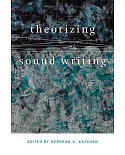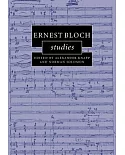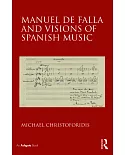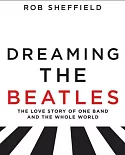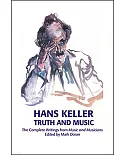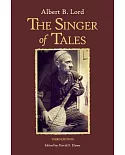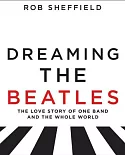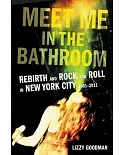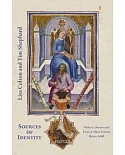The societal dimension of music in urban life in the late seventeenth and eighteenth centuries. Although early modern urban musical life has been the object of investigation with several
researchers, little is known about the ways in which musical cultures were integrated within their broader urban environments. Building upon recent trends within urban musicology, the authors
of this volume aim to transcend descriptive overviews of institutions and actors involved with music within a given city. Instead,they consider the urban environment as the constitutive context
for music making, and music as a significant aspect of urban society and identity. Through selected case studies and by focusing on three 'musical circuits'-opera and theatre music, sacred
music, and secular songs-this book contributes to a more effective understanding of music in late seventeenth- and eighteenth-century urban societies in the southern Netherlands and beyond.






